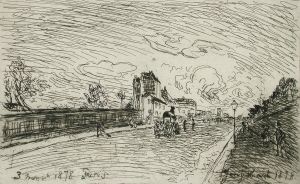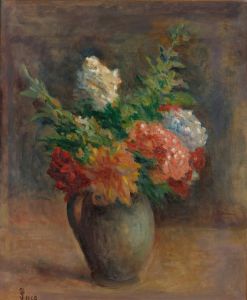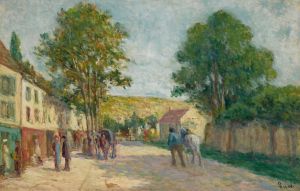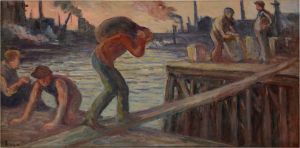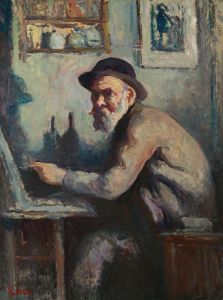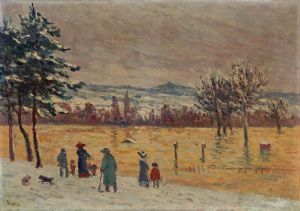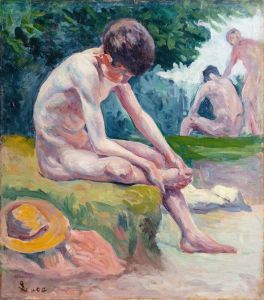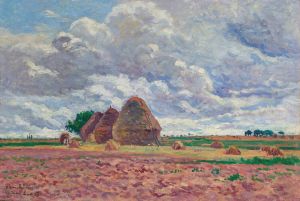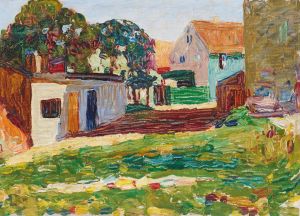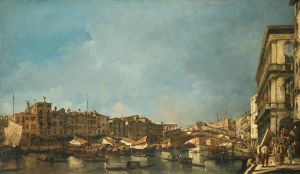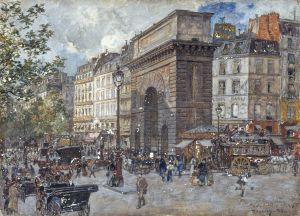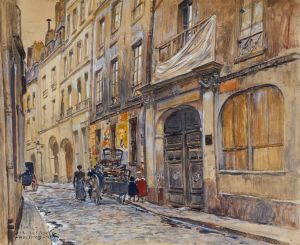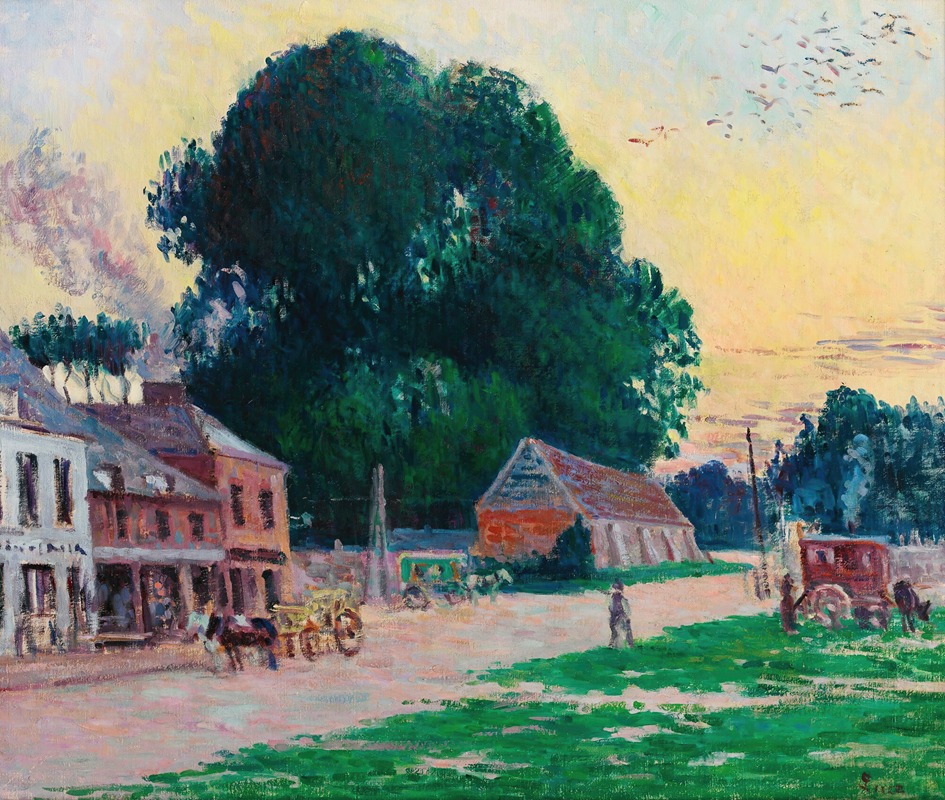
Paris, Le Quartier De Vaugirard
A hand-painted replica of Maximilien Luce’s masterpiece Paris, Le Quartier De Vaugirard, meticulously crafted by professional artists to capture the true essence of the original. Each piece is created with museum-quality canvas and rare mineral pigments, carefully painted by experienced artists with delicate brushstrokes and rich, layered colors to perfectly recreate the texture of the original artwork. Unlike machine-printed reproductions, this hand-painted version brings the painting to life, infused with the artist’s emotions and skill in every stroke. Whether for personal collection or home decoration, it instantly elevates the artistic atmosphere of any space.
Maximilien Luce's painting "Paris, Le Quartier De Vaugirard" is a notable work by the French Neo-Impressionist artist, who was active during the late 19th and early 20th centuries. Luce, born in 1858 in Paris, was a prominent figure in the Neo-Impressionist movement, which was characterized by the use of pointillism—a technique involving the application of small, distinct dots of color to form an image. This method was pioneered by Georges Seurat and Paul Signac, and Luce was among the artists who adopted and adapted this style to create his own unique interpretations of urban and rural scenes.
"Paris, Le Quartier De Vaugirard" captures a scene from the Vaugirard district in Paris, an area known for its historical significance and vibrant community life. The painting is a testament to Luce's skill in depicting the everyday life of Parisians, as well as his ability to convey the atmosphere and essence of a specific locale through his art. Luce's work often focused on the urban environment, and he had a particular interest in the effects of light and color, which is evident in this painting.
The Vaugirard district, located on the Left Bank of the Seine, is one of the oldest parts of Paris and has a rich history that dates back to the Roman era. By the time Luce painted this scene, the area had become a bustling part of the city, characterized by its mix of residential buildings, workshops, and small businesses. Luce's painting likely reflects the dynamic and lively nature of the district during this period.
In "Paris, Le Quartier De Vaugirard," Luce employs his characteristic pointillist technique to capture the interplay of light and shadow on the streets and buildings of the district. The use of vibrant colors and meticulous brushwork creates a sense of movement and life, drawing the viewer into the scene. Luce's attention to detail and his ability to capture the essence of a moment are evident in the way he portrays the architecture and the people who inhabit the space.
Luce was not only an artist but also an anarchist, and his political beliefs often influenced his work. He was deeply concerned with social issues and the lives of ordinary people, which is reflected in his choice of subject matter. By focusing on the Vaugirard district, Luce highlights the everyday experiences of the working-class residents of Paris, offering a glimpse into their world through his art.
Throughout his career, Luce remained committed to the principles of Neo-Impressionism, continually exploring the possibilities of color and light in his work. "Paris, Le Quartier De Vaugirard" is a prime example of his dedication to this artistic approach and his ability to capture the vibrancy of urban life.
Maximilien Luce's contributions to the art world extend beyond his paintings; he was also an active member of the artistic community and participated in various exhibitions, including those organized by the Société des Artistes Indépendants. His work has been exhibited in numerous galleries and museums, and he is recognized as a significant figure in the history of French art.
In summary, "Paris, Le Quartier De Vaugirard" by Maximilien Luce is a remarkable example of Neo-Impressionist art that captures the spirit of a Parisian district through the artist's masterful use of color and technique. Luce's dedication to portraying the lives of ordinary people and his innovative approach to painting continue to be celebrated and studied by art enthusiasts and scholars alike.





